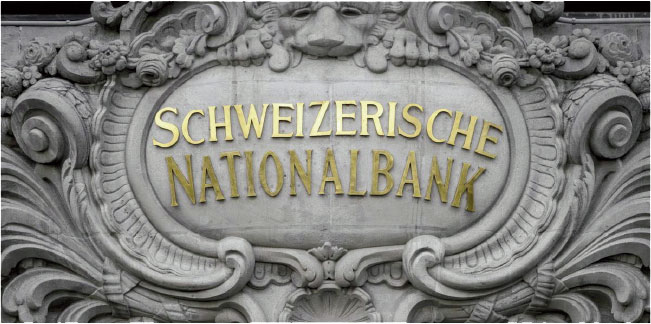
 |
PAKISTAN ECONOMY
Staring a debt trap
Why does Pakistan need so much money? Well, just to keep repaying outstanding loans. Public external debt of $14.4 billion will mature this year while private sector debt maturity has been pegged at $3.7 billion. Also to be paid back are $2.1 billion in shortterm and $11.4 billion in long-term loans in this very fiscal year. According to the IMF, Pakistan’s external debt was $95.4 billion (30.3% of GDP) in fiscal year 2017-18; it touched $104.2 billion (36.7% of GDP) last fiscal year. This external debt is equal to 345% of Pakistan’s total export receipts. Pakistan has not learnt the art of living within its means. Nor has it ever bothered to generate enough local resources. Tax evasion is high even as the tax base is niggardly low. Industrial base thrives on imported CKD and SKD kits and export growth is near zero. The foreign direct investment (FDI) sharply declined by 49 per cent to $1.606 billion during the July-May period of the outgoing fiscal year compared to $3.161bn in the same period last year. Result: dependence on loans to repay loans. China, the allweather friend, has become the largest holder of Pakistani debt. And it is a whopping $21.89 bn. It works out to slightly over one quarter of the country’s external debt.
The present IMF loan is truly a loan for repaying past debt. Let’s see how. A major chunk will go towards repaying $4.35 billion — an amount that is due as part of the $6.4 billion loan which was obtained by Nawaz Sharif regime. The balance of $1.65 billion will be used to pay off other loans such as those for infrastructure projects from the World Bank and the ADB. Soon it will be time to pay off loans from other creditors like Saudi Arabia and China. By then, it will be the time to pay back the freshlysanctioned IMF loan as well. Believe it or not, Pakistan pays 41 per cent of its budget in debt servicing. Outstanding external debt and liabilities have reached a staggering $85.482bn, according to the budget documents presented to National Assembly (Parliament) recently. This is in addition to a huge pile of internal debt. China, the all-weather friend, has become the largest holder of Pakistani debt. And it is a whopping $21.89 bn. It works out to slightly over one quarter of the country’s external debt. While sanctioning its latest bail out, the International Monetary Fund told Pakistan to repay up to $37.359 bn on its external debt in three years. More than 60 per cent of this outgo will be paid to China, Saudi Arabia and the United Arab Emirates. China’s share is nearly 40pc at $14.682bn, official documents show. The commercial component of debt owed to China will be paid fully (brought to zero in the economists lingo) while the bilateral debt will be reduced from $15.155bn now to $7.946 by the bailout end. Over the years, Pakistan has taken several short-term loans. Now it plans to convert them into long term borrowings to improve its debt profile. Adding to this burden is the non-Paris Club bilateral debt, which, on repayment, will result in an outgo of $16.278bn. Of this, $7.946bn will go to China, $6.265bn to Saudi Arabia and $2.016bn to the UAE. FATF stands for Financial Action Task Force on terrorism funding and money laundering. It handed out an action plan while placing Pakistan on the grey list some months ago. In October, the Paris based global watch dog will take a call on whether Pakistan deserves to be placed on the blacklist. Imran Khan’s taxation has not gone down well with the traders; they went on a day-long shutter down strike on 14 July, demanding a roll-back of “antibusiness measures”. On his part, Imran has been blaming Nawaz Sharif of Pakistan Muslim League –N, and Asif Ali Zardari of People’s Party of Pakistan for “the mushroom growth in the public debt” and set up a commission to investigate these borrowings. Both of them are hauled up on corruption charges as well. No surprise, the IMF is gunning for debt reduction. Because, as Shahbaz Rana reported in The Express Tribune (July 10th), PTI government will borrow a whopping $83 billion in five years to service the old debt, finance the current account deficit and build foreign exchange reserves. According to the IMF, Pakistan’s external debt was $95.4 billion (30.3% of GDP) in fiscal year 2017- 18; it touched $104.2 billion (36.7% of GDP) last fiscal year. This external debt is equal to 345% of Pakistan’s total export receipts. IMF MANTRAImran Khan and his financial wizards have accepted the IMF mantra and promised to
FATF stands for Financial Action Task Force on terrorism funding and money laundering. It handed out an action plan while placing Pakistan on the grey list some months ago. In October, the Paris based global watch dog will take a call on whether Pakistan deserves to be placed on the blacklist. It is this danger as also the bailout conditionalities (IMF has made FATF action plan also as one of its bench marks) have resulted in Islamabad cracking the whip on Rawalpindi’s blue eyed jihadis, and the detention of the likes of Hafiz Saeed, the mastermind of Mumbai’s 26/11 mayhem. Arrests are not new to the JuD chief. He was held a couple of times in the past. And every time guest houses doubled up as his jail. This time Hafeez’s arrest came on the eve of Prime Minister Imran Khan’s visit to the U.S., to meet President Donald Trump, who does not look beyond his nose and his balance sheet. So much so, Hafeez Saeed may have to cool his heels for a longer time, till at least, Imran survives the Trump test with some give and take on the Afghan front. What will be the cumulative effect of these developments? Well, economic revival will take time. The Asian Development Bank (ADB) pegs Pakistan’s growth at 3.6 per cent in FY 2020, since it has already been pulled down by weak performance across the board to an eight-year low of 3.3 percent in the last fiscal year of 2018-19. “Middle class getting hit from all sides of the economy,” Dawn reported on 17 June. Pakistan needs 1.3 million new jobs every year but these are nowhere on the horizon. “Amidst all the twists and turns in the rather lively political and extra-political theatre of Pakistan, the common man, already stressed out, is struggling to make sense of how the changes proposed in the Imran budget will play out for him and family,” the daily wrote. Imran Khan’s Pakistan Tehreeke-Insaf, (PTI), party came to power last August blasting the country’s two major political dynasties “as corrupt and vowed to clean up the graft and money-laundering that had long tainted the ruling elite,” to quote The Washington Post. He promised revival of the economy on “a sustainable basis with particular focus on future generations.” Once in office, Imran changed his tune. “…he seems to have put his values, which were set out before the elections, on the line by going back on his promises. The changes proposed by the IMF such as the tax hike only prove detrimental to the middle class of Pakistan as most of the lower class is exempted,” lamented a letter writer in the Express Tribune on 14 June. Imran Khan’s taxation has not gone down well with the traders; they went on a day-long shutter down strike on 14 July, demanding a roll-back of “anti-business measures”. On his part, Imran has been blaming Nawaz Sharif of Pakistan Muslim League –N, and Asif Ali Zardari of People’s Party of Pakistan for “the mushroom growth in the public debt” and set up a commission to investigate these borrowings. Both of them are hauled up on corruption charges as well. The IMF, however puts the blame on both PML-N and PTI governments. “Misaligned economic policies, including large fiscal deficits, loose monetary policy, and defence of an overvalued exchange rate, fuelled consumption and short-term growth in recent years, but steadily eroded macroeconomic buffers, increased external and public debt, and depleted international reserves,” it said. Imran Khan’s job approval rating has dropped from 58% in April 2019 to 45% in the latest Gallup Pakistan Political Weather Report. A 13-percentage-point drop in two months is well significant! Clearly, if improvement in the lives of Pakistanis is not to remain a mirage, the leadership - civilian and military - must stop strategizing in terms of short-term political gains and strategic advances against neighbours. Such a possibility does not appear even like a speck in the sky. There are three give aways to what can be expected under Imran Khan.
Low on human capitalPakistan ranks 134th among 157 countries on the Human Capital Index of the World Bank in 2019. Education is the most critical element in human capital development but Pakistan is faring badly even in this regard. An estimated 87 million people are illiterate. As many as 24 million kids are out of school. Child abuse and child rape are rampant across the country. Army in economyLiving up to his image as ‘selected’ Prime Minister, Imran Khan has formalised the Army’s role in the economy by inducting the Chief of Army Staff General Qamar Javed Bajwainto in the Economic Security Council (ESC). This newly constituted body is charged with the task of dealing with economic downturn. Headed by the Prime Minister, the ESC will consist of civil and military leadership. It will oversee economic policies and international agreements Growth forecast choppedFitch Solutions, the US-based global research house, has predicted gloomier figures in its assessment of Pakistan’s economy. It chopped Pakistan’sGDP growth forecast to 3.2% in FY 2018-19 and to 2.7% in FY 19/20 from 4.4% and 4.0% previously Tighter monetary and fiscal policies on account of IMF bailout package amid an already subdued economic growth outlook,will be “negative for growth in the near term,” it saidin a report on ‘ Economic Analysis – IMF deal to weigh on Pakistan’s growth in the short run.’ “The impact of rising oil prices on imports will be exacerbated by a weakening currency,” it said and added that investment into the China-Pakistan Economic Corridor (CPEC) will continue to provide some support to the economy. Swiss banks deposits down by 33 per cent
This official data doesn’t include deposits in the name of shell companies.
|
|


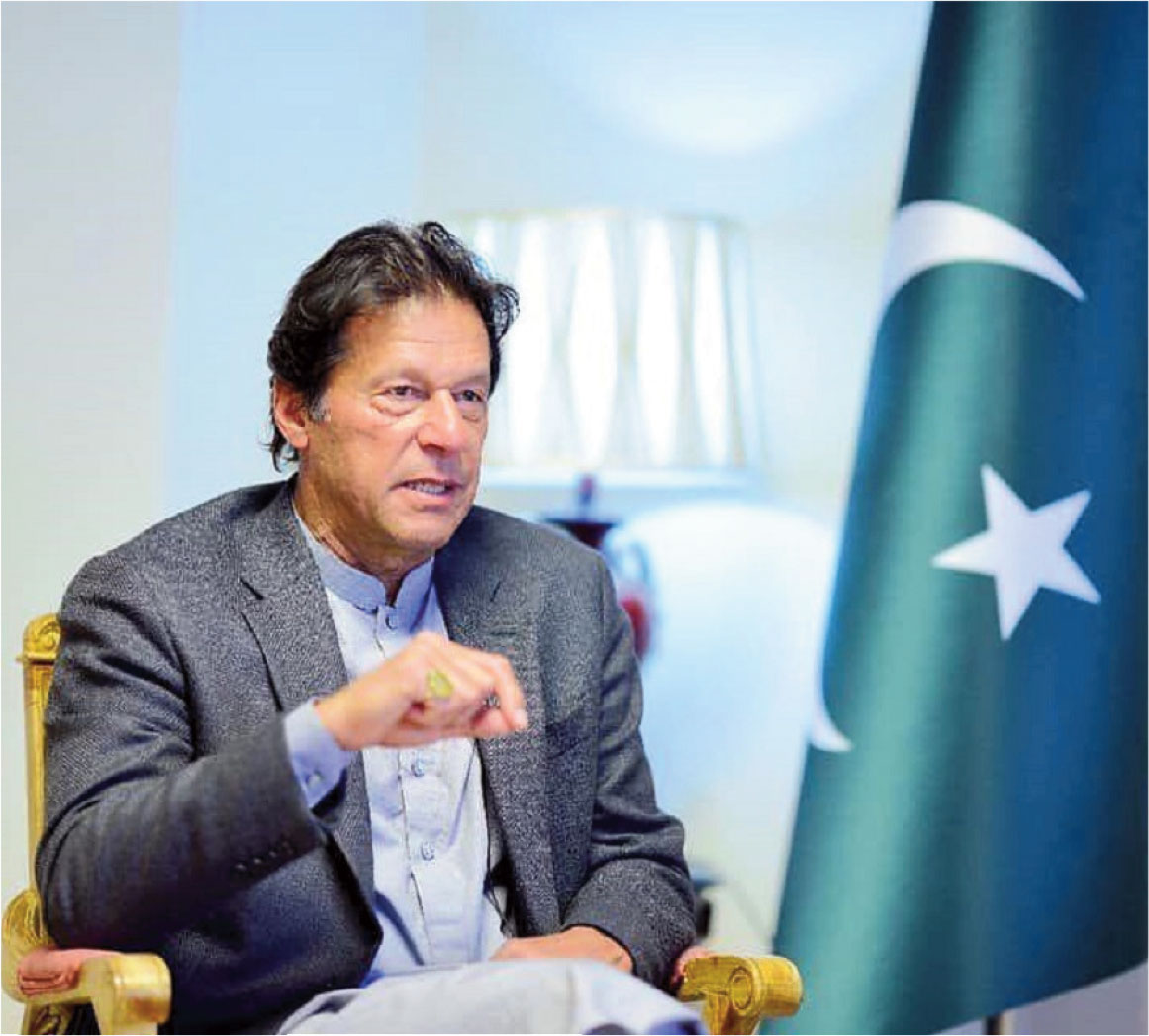 Imran Khan
Imran Khan
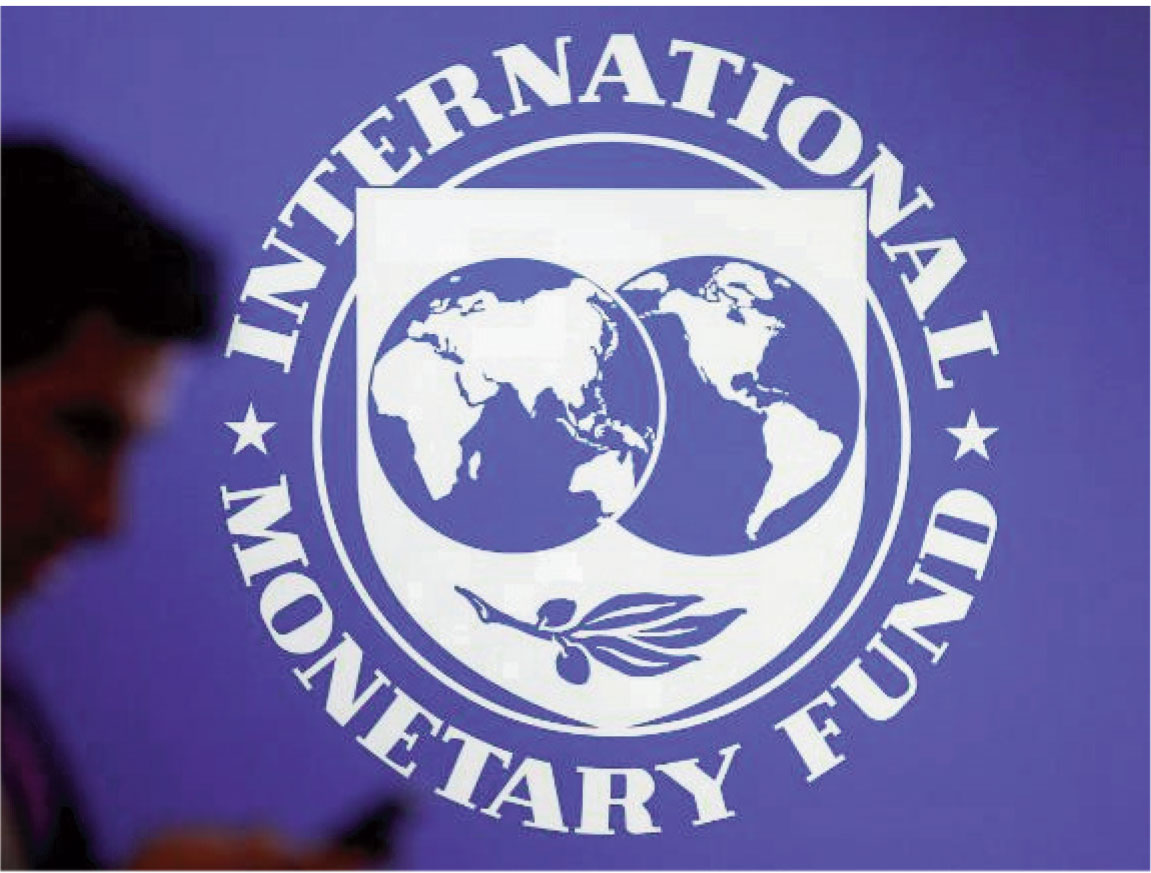
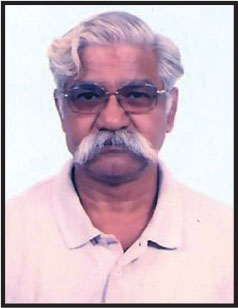 Malladi Rama Rao
Malladi Rama Rao
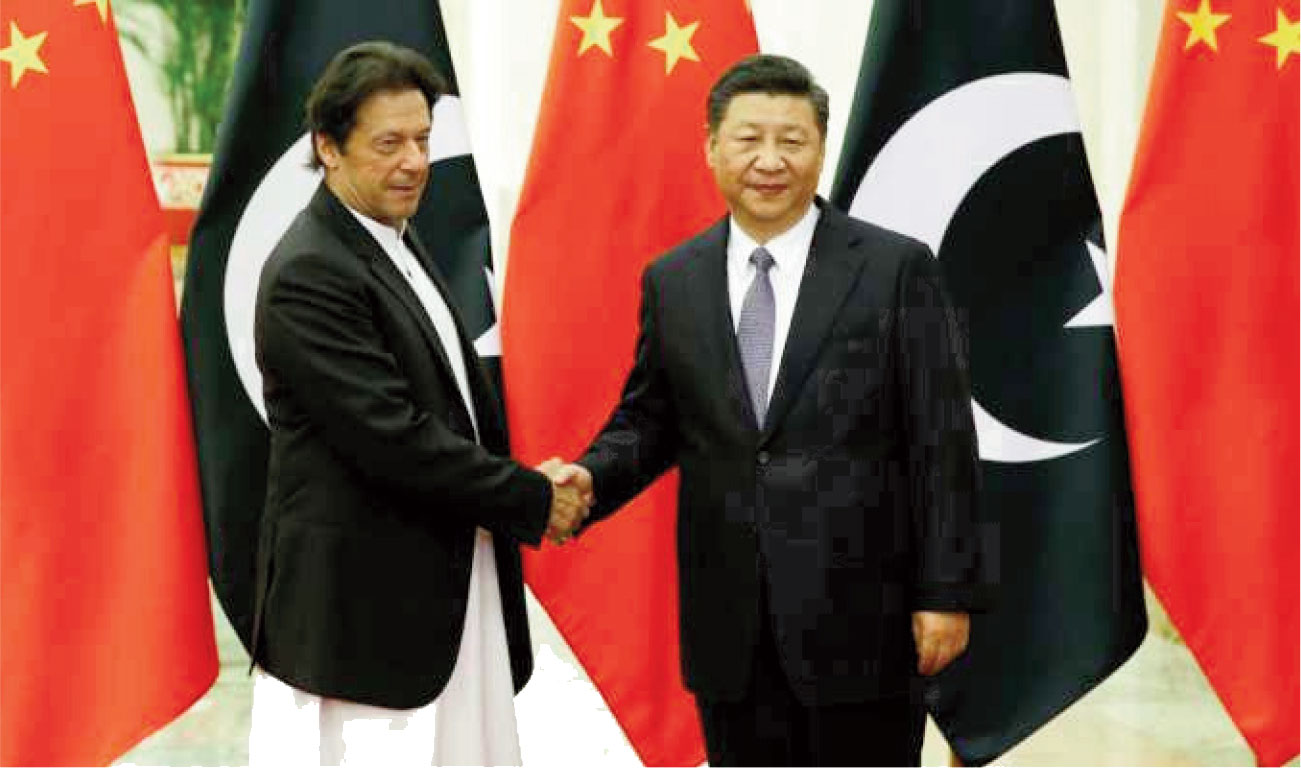 Imran Khan and Xi Jinping
Imran Khan and Xi Jinping
